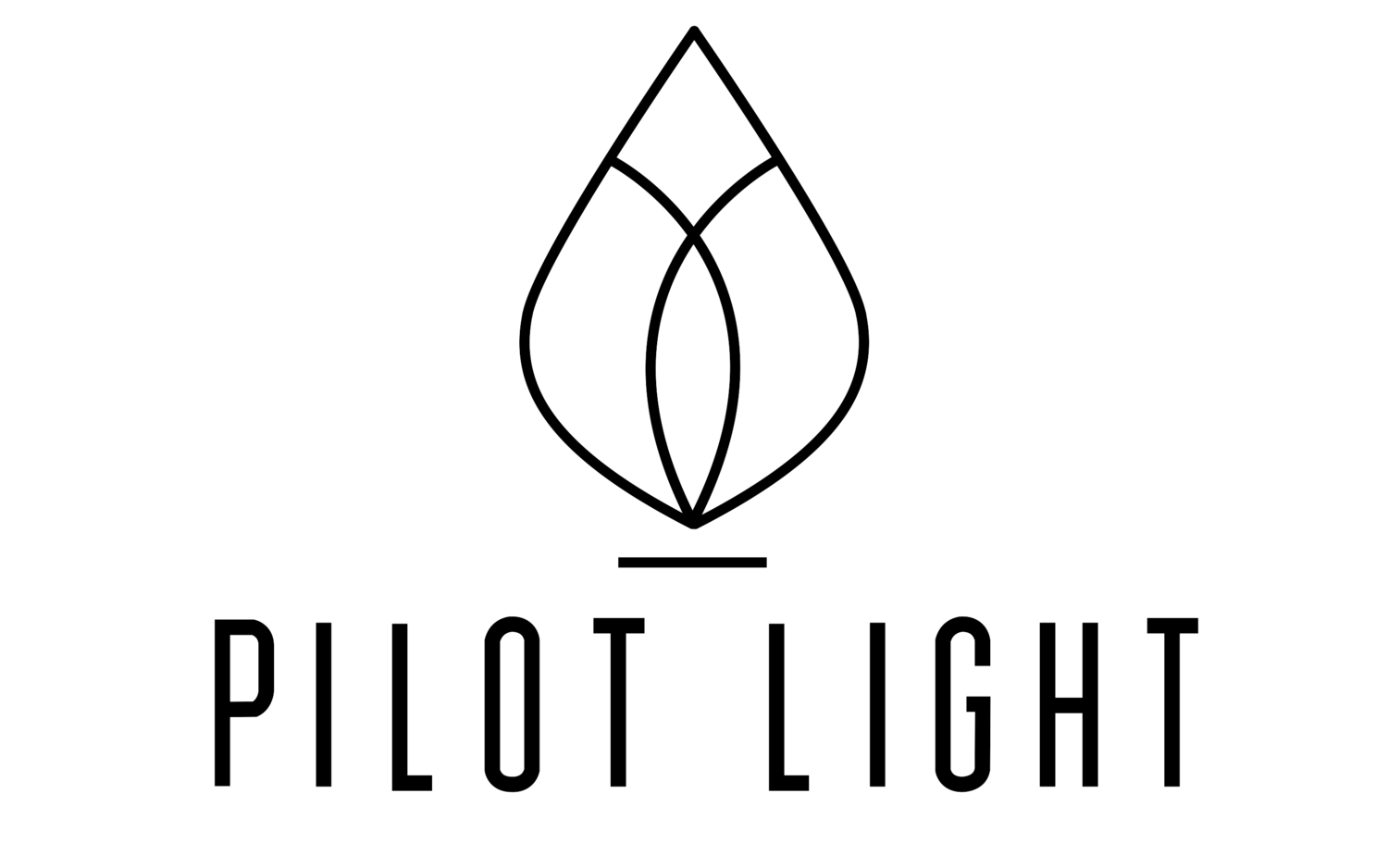What Happens In Samvega by Polly McGee
Buddhists have a word to describe a place of seeking that I suspect will be an a-ha moment of relief for many people. It certainly was for me when I came across it in author and yogi Stephen Cope’s excellent book The Wisdom of Yoga. That word is ‘samvega’. Cope, quoting Buddhist monk Thanissaro Bhikkhu, describes samvega as three clusters of feelings occurring simultaneously: shock, alienation and dismay at the futility and meaninglessness of life. This manifests as a sense of our own culpability, complacency and to a degree foolishness in being so blind to this situation; and a sense of anxiety coupled with urgency to get out of this messy, meaningless cycle and evolve to a new level of meaning and awareness.
Sound familiar? It’s a key issue that we see in business cultures that are beginning to show the damage of the termites of shame, blame and armouring beginning to nibble through the walls. When work no longer can pretend to support individuals values, we often go straight to what is the meaning of our lives.
I’m surprised that samvega doesn’t get more of a run in the adoption of Buddhism in the West. We can’t turn round without hearing the word mindfulness (which of course is a great thing for mainstreaming meditation), but having the language to describe the cluster of despair, futility and urgency for change that samvega brings us would be a salve when the road gets rough for many of us. Samvega is linked to the moment where we see material aspirations to be empty in their capacity to deliver lasting happiness or true satisfaction, and that all our work and earning is pointing to nowhere.
This is usually a radical realisation, and one that deconstructs everything that we have been raised on and worked towards; the messages of our culture and marketing experts; and the narratives we have bought into about ourselves. It is an unravelling that is swift, deep and awkward. Samvega is uncomfortable, and is probably akin to what we would describe as a midlife crisis. It is aptly a product of mid life, as in early life we are striving to get to the fun bit where all the work and suffering pays off. By mid life, we suddenly realise there is no one coming to save us. The usual demonstration of this trio of dismay is a desperate acquisition of new items of desire such as sports cars, new breasts or younger partners, followed by a penchant for numbing substances.
I hazard there is a less visible cohort of people who, when they hit this period, don’t consume to relieve the pain but are driven to turn within, and to look for guidance on how to access their true nature of self. We want to get quiet, away from all the noise which has masked the early squeaks and clanks of the wheels beginning to fall off. Where midlife crisis in the Western context infers breakdown, shame and public humiliation and a gradual acceptance of the inevitability of death and aging, samvega in contrast is a necessary and welcome step to awareness. We can’t go from zero to awake at the speed of light.
Rather than being a state of emergency, it is a stage of emergence. It is at this point of meeting samvega that many of us start to seriously look at what we are doing with our lives and wondering whether we could do more that is meaningful and feeds our souls. The answer of course is yes.
The expression ‘First World problems’ really is our self-deprecating way of acknowledging that we are culturally experiencing samvega. Our wealth, craving, attachment and meaningless existence flashes up on the billboard of our day-to-day lives and we don’t like what we see. So we trivialise it with a throwaway line and return to being the life of a party that we aren’t sure we wanted to stay at quite so long.
The problem with the Western experience of samvega is the amplification of ridiculousness when you are in a mire of misery, surrounded by wealth. It is hard to whine ‘there must be more than this’, when there is ample coverage of all basic and not-so-basic needs. We are buried underneath our things, often piling more fuel of possessions and material goods onto a fire that is already a raging inferno. What would extinguish the fire? Beginning to rumble with shame and blame, being vulnerable and courageous and taking the journey within to find some of the reasons we are experiencing samvega, and being open to taking steps to be braver, kinder and more present to what is.

